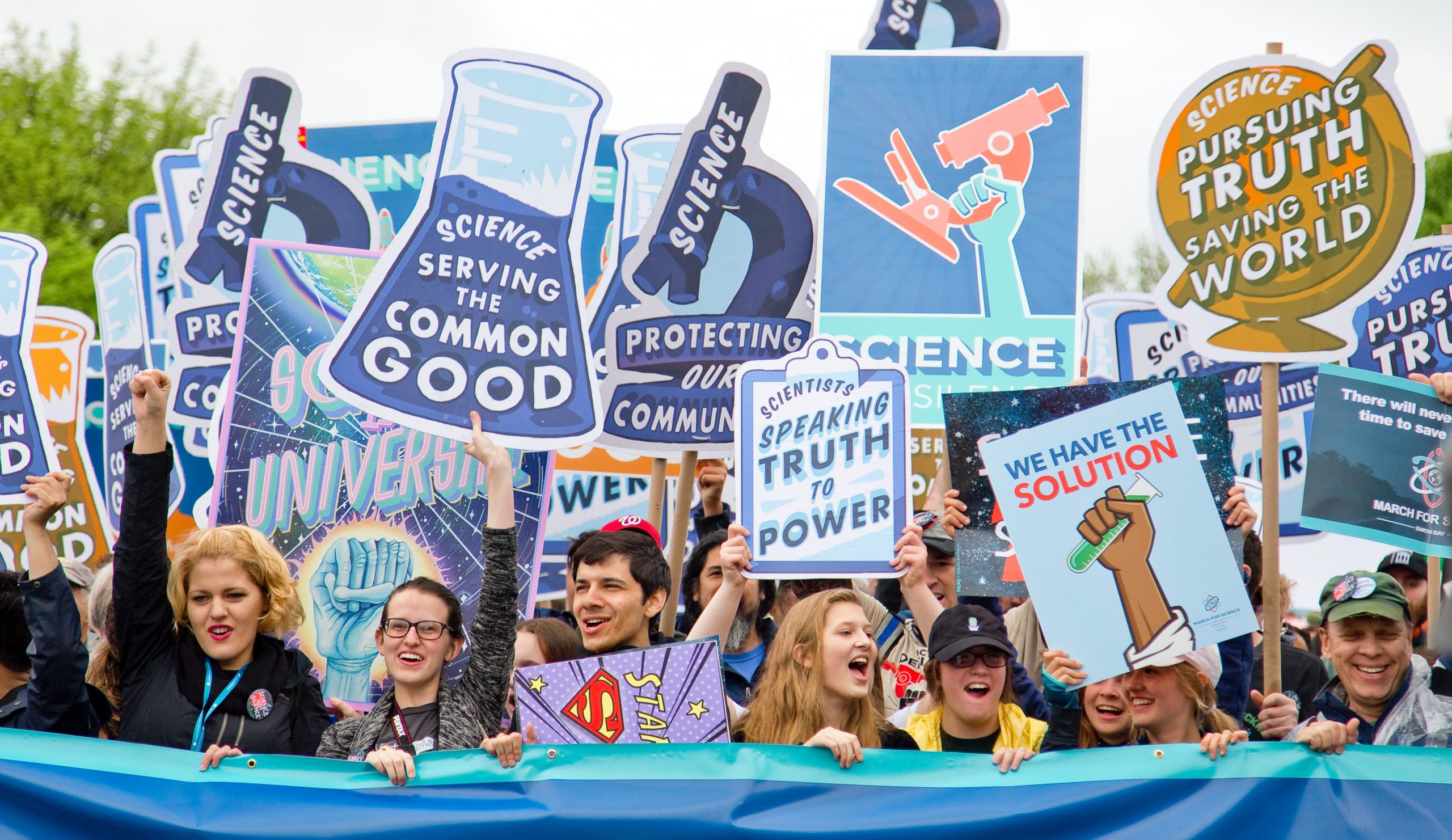The different legends about the creation of the first woman often label her as rebellious, unwitting, leashing miseries, disobeying authority, and haughty. Many mythological stories paint them as damsels of unmatched beauty, goddesses, and even seductress.
But, beating the legends and myths, the real women have fought for a lot.
Their right to vote, to college education, to winning Noble Prize and more came through numerous battles. Yet, throughout the centuries of existence, humans continue to carry on the age-old stigmas, bias, lack of education, sensitivity, and awareness.
As a result, women continue to battle for the aspects of their identity, their rights, and the biology that defines their womanhood. An example of such battles; a significant proportion of the 48.04% Indian women population remains at odds with their sexual and reproductive health.
A step into the world of reports, research, and literature reveals the scale of the dearth of information. It shows how the knowledge remains nowhere to be found by the women who need it.
What are the issues?
Starting from a 2018 report about the status of human rights in the context of sexual health and reproductive health right in India. We witness a comprehensive country-level assessment. The following are the excerpts from the report:
Knowledge and access to contraceptives
Women’s autonomy to make informed decisions about contraception is severely curtailed at the point of the health system in the absence of access to comprehensive information about the contraceptive method, the contraindications, the risks, possible adverse effects, and alternatives available to the woman who is accessing contraception. Plus their remains an absence of male responsibility for contraception in government healthcare programs.
Lack of safe abortion
More than 80 percent of women in the country do not know that abortion is legal and available. Even many of the medical students, for instance, either do not know about the MTP Act or do not have the right attitudes towards abortion services for women. There is an absence of information and accessible services for abortion or post-abortion/miscarriage complications, compelling women to use unsafe methods with no supervision and inadequate knowledge of danger signs.
Lack of sex education among youth
Early and child marriage increases girls and women’s vulnerability to early and unplanned pregnancies and pregnancy-related complications, reproductive tracts, and sexually transmitted infections because of lack of awareness and access to information and gaps in healthcare.
Additionally, the recent data from Family Planning Association, India, shows that only 15% of youth (men & women) aged 15-24 years receive sex education, while 26.8% of women aged 20-24 years get married before the age of 18. Such early exposure to sexual activity further exposes the women to early pregnancy, infections, childbirth, and risk of cervical cancer.
Within the education domain, the strong resistance towards Comprehensive Sexuality Education and ill-equipped teaching staff have only reinforced taboos on the subject (of sex education among adolescents). The health sector has an initiative for providing sexual and reproductive rights information to adolescents and youth, which has little impact on account of its limited focus and inadequate capacities.
For example, a study in 2010 from the state of Haryana showed that only 11.3% of adolescent girls held correct knowledge about key reproductive health issues. The status remains majorly unchanged from a 1999 study wherein similar poor levels of knowledge were indicated.
Lack of infrastructure
The public health sector seriously lacks the infrastructure required to provide quality sexual health services to young people. Service providers are overburdened with work and are highly conservative when providing information and services on sexual health matters. This includes the provision of emergency contraceptive pills, HIV counseling, and abortion services.
Lack of autonomy to make decisions
Decision-making and mobility for women clearly indicate power hierarchies and demonstrate that younger women are particularly marginalized from decision-making in both their natal and marital homes. Decision-making and mobility are extremely gendered and, in addition to age at marriage, are important determining factors to be considered in the context of understanding health-seeking behavior, access to health care, and other health determinants. Health programs largely do not identify early marriage as a health concern.
Lack of sensitivity towards diversity
Most doctors don’t know how to treat trans bodies, having received medical training based on the binary sex-gender system. Despite some policy level advances, the de facto experience of trans persons encounters with the health system remains degrading, posing a severe barrier to accessing services.
Lesbian and bisexual women suffer doubly since women’s sexuality, in any case, is not acknowledged in society except in their reproductive roles. Most sexual and reproductive health services in public and private hospitals are designed for heterosexual married women, making it very difficult for lesbian and bisexual women to access these services.
Where does science communication fit?
The issues mentioned above constitute a microscopic view of the existing situation. Moreover, women as health care users and providers remain under-represented at decision-making levels. The disaggregated positioning of gender-based healthcare needs also remains amiss.
There is a general agreement among women’s organizations that “gender-sensitive health care should be available, accessible, affordable, appropriate and acceptable.” But the challenges of low literacy, religious and cultural constraints, lack of access, discriminatory behaviors present as barriers to communicating health behaviors.
Article 27 of the Universal Declaration of Human Rights states:
Everyone has the right freely to participate in the cultural life of the community, to enjoy the arts and to share in scientific advancement and its benefits.
Additionally, Article 15 (1) (b) of International Covenant on Economic, Social and Cultural Rights:
recognizes the right of everyone to enjoy the benefits of scientific progress and its applications.
But lack of access to accurate information denies these rights to a large proportion of women in India. Thus, communicating science as per the needs of the different demographics of women assumes prime importance. Several directions and recourse remain available to practice science communication efforts at local, regional, and national levels.
Points of action
First, there remains a need to improve communication about sexual health to include the women’s perspective. The primary healthcare providers and practitioners are often the first points of contact about sexual and reproductive issues. However, studies show that they often shy away from discussing such issues due to lack of skills, knowledge, experience, embarrassment, and more. Training the staff insensitive and accurate communication of science behind the issues remains urgently required.
Designing women-centric research
All-new research should be designed in such a way as to facilitate the inclusion of gendered analyses. It should include women in appropriate numbers, whether it involves studying biology or environmental factors. Also, examining variations in access to care and its reasons or implementation research shall aim to provide the best care to women.
Connecting parents and youth
Indian society, with its rural and urban divide, continues to present the lack of knowledge and inability of the parents to discuss sexual health with adolescents. Thus, expert science communicators can connect the parents and wards to help understand and communicate issues better.
Promoting patient safety
Accurate scientific communication about women’s health issues can also support the cause of patient safety, expand the horizons of telemedicine, and help improve the dissemination of crucial research among women patients. For example, access to information and voluntary contraceptive services remains critical in upholding women and girls’ reproductive rights. Working towards it can help women to make informed decisions about childbirth and birth control. Also, informed women can voluntarily uptake the correct contraceptives.
Communication designs
Designing communication post understanding the needs of women from a different iota of society remains important. An analysis of treatment-seeking patterns for infections of the reproductive tract among Indian women showed that seeking treatment remains related to age, higher education, higher household wealth, and employment in the past year.
In the end, the discussion can span beyond the infinite points of consideration. Through simple and targeted communication, communicators can better understand the disorders, infections, and reproductive biology. Through collaborations with non-governmental agencies, governmental functionaries, and related organizations, communication can empower women to make informed decisions and exercise their rights.
Let us know how you helped women understand science better or how do you strive to do so?




